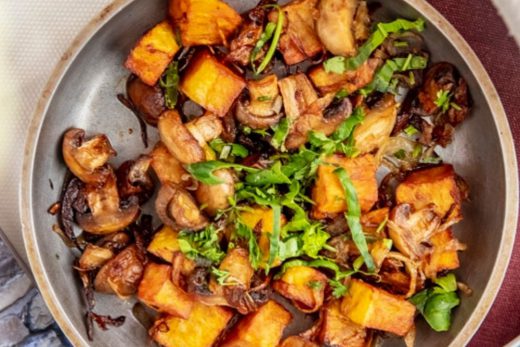Okra is one of the misunderstood vegetables. Those who do not like it often complain about its sticky state and being “slimy”. However, the secret is how it is cleaned and cooked.
First, let’s understand the biology of the work. What makes okra “slimy” that gives it the title it doesn’t deserve? All plants contain a liquid called “mucilage” that contains sugar and protein molecules. But some plants have a higher rate of mucilage; such as aloe vera, cactus, chia seeds. The same substance is hidden in those cute seeds of okra. This sticky substance becomes more fluid when mixed with heat and water. It works if you want to add consistency to your food, for example to thicken your soup, but it is generally not a preferred texture and consistency.
However, okra does not have to be “slimy”! The cleaning and cooking methods that take that mischief out of you. Okra is a favorite vegetable in many cuisines from Africa, its homeland to India, Japan and the Caribbean. Since the taste of okra is calm and soft, it removes strong spices and plenty of sour. When you eat it, it can be both juicy and crispy with the beans inside. It is a healthy and delicious vegetable with low calories, containing plenty of Vitamin C, folic acid, magnesium, potassium and fiber.





